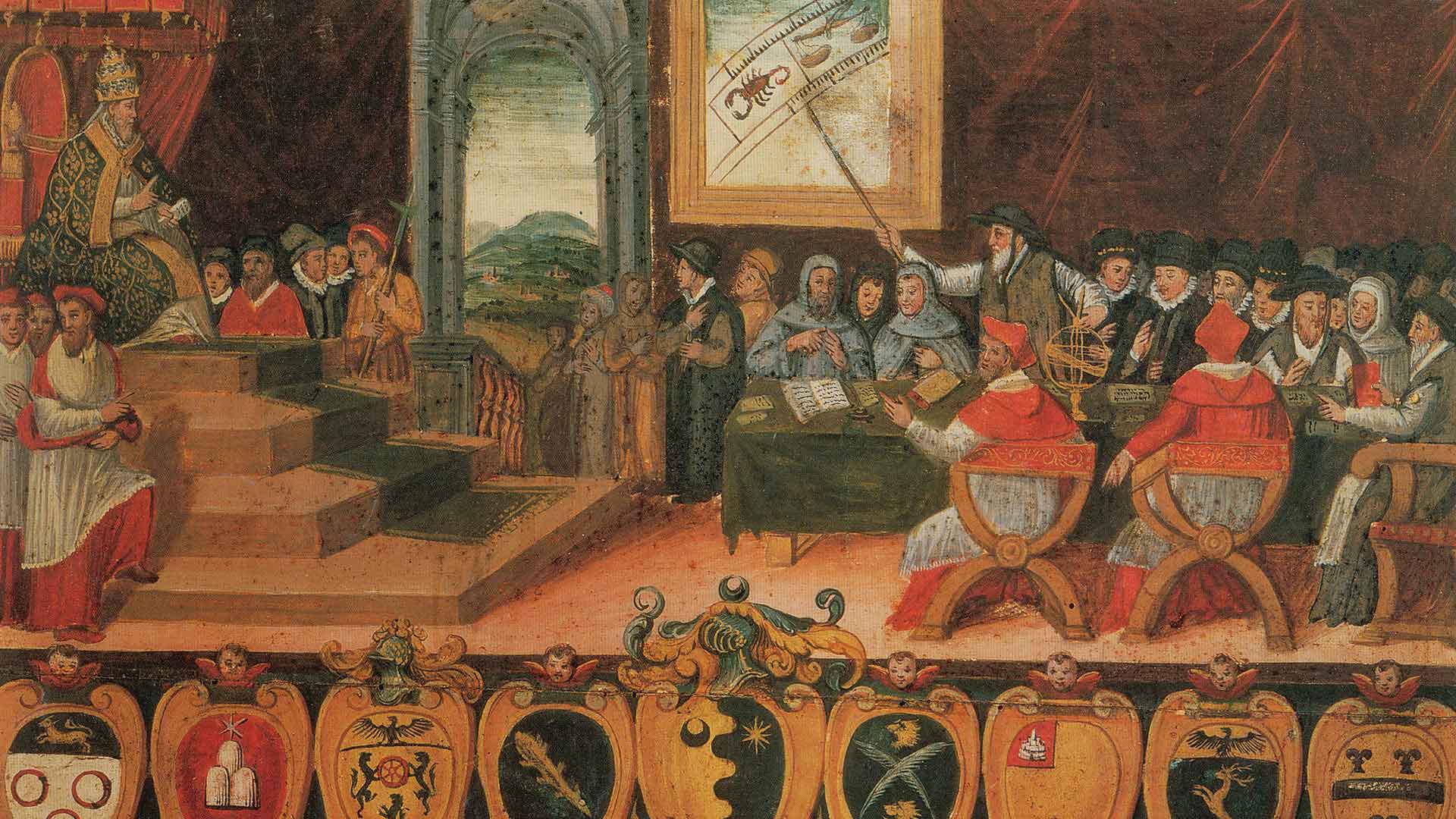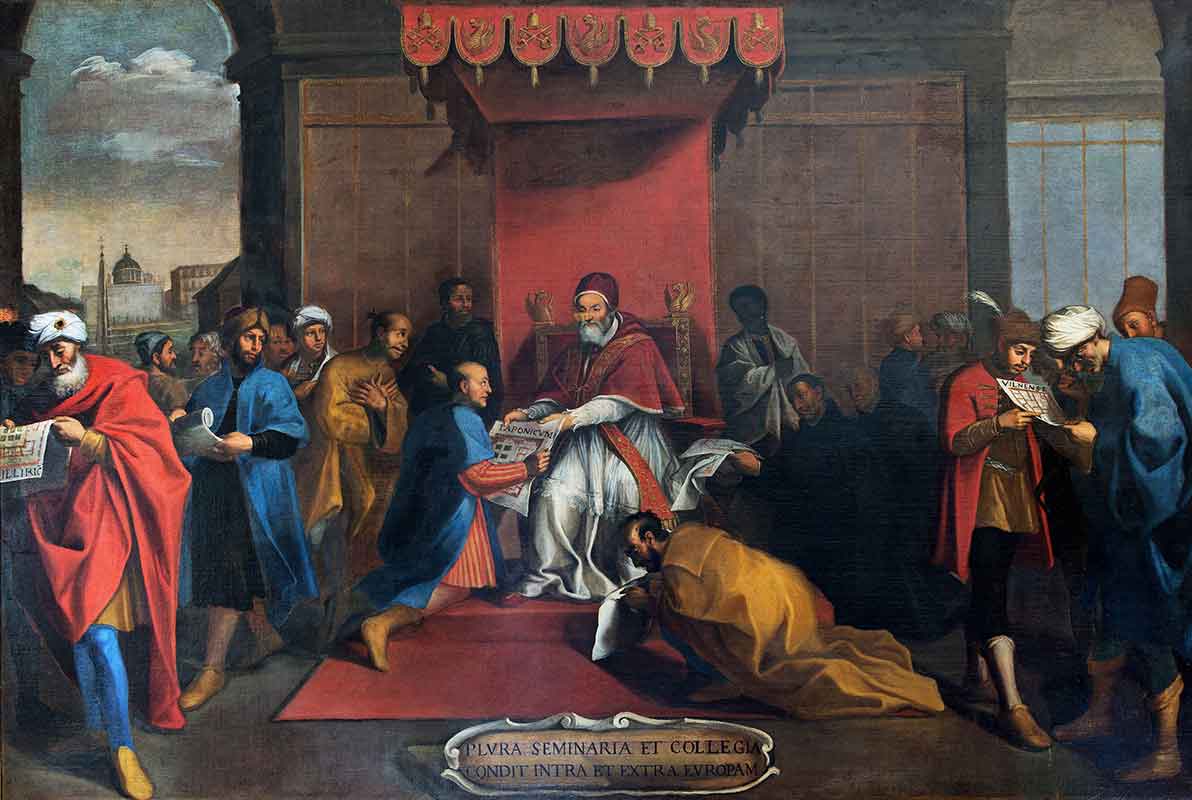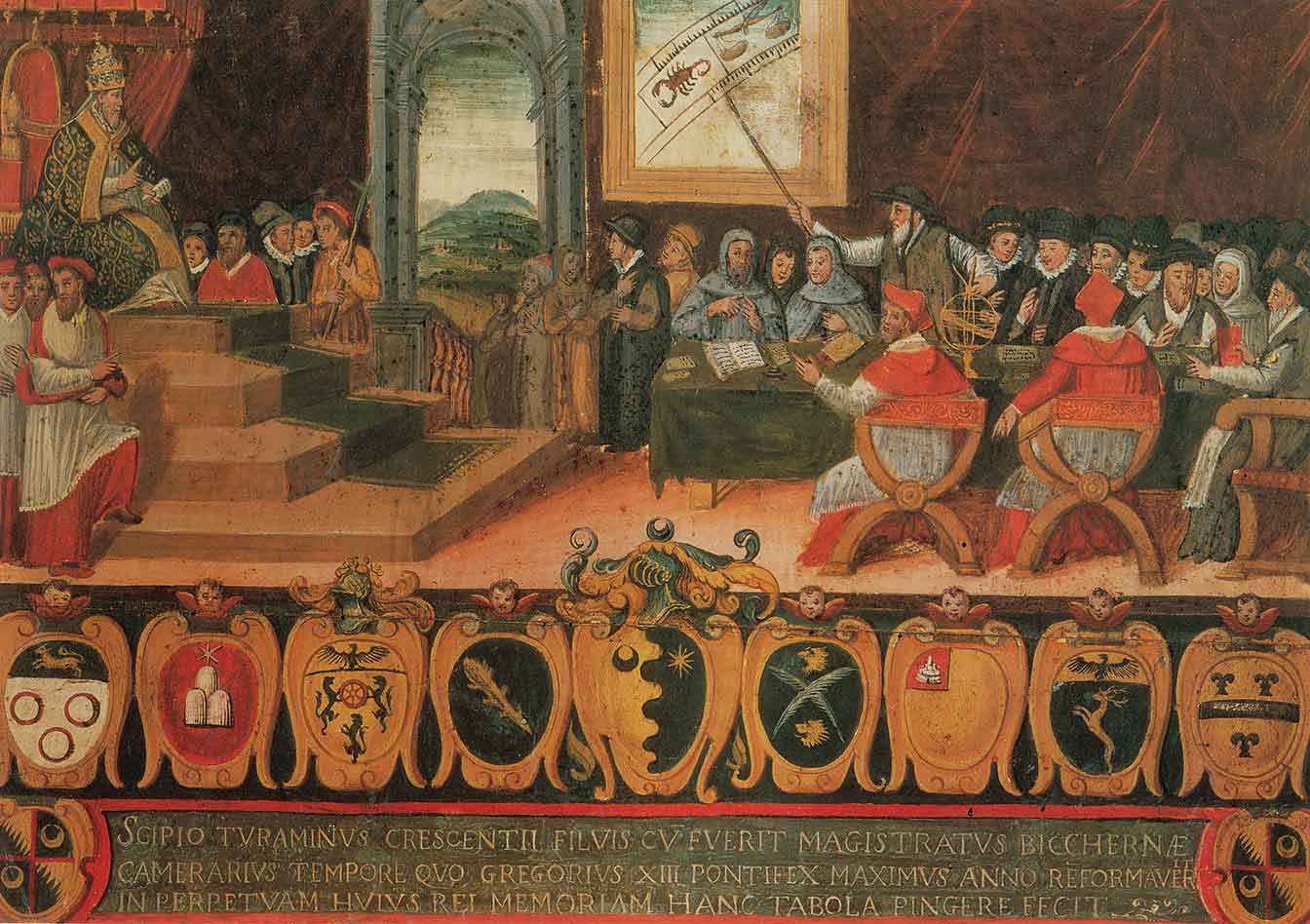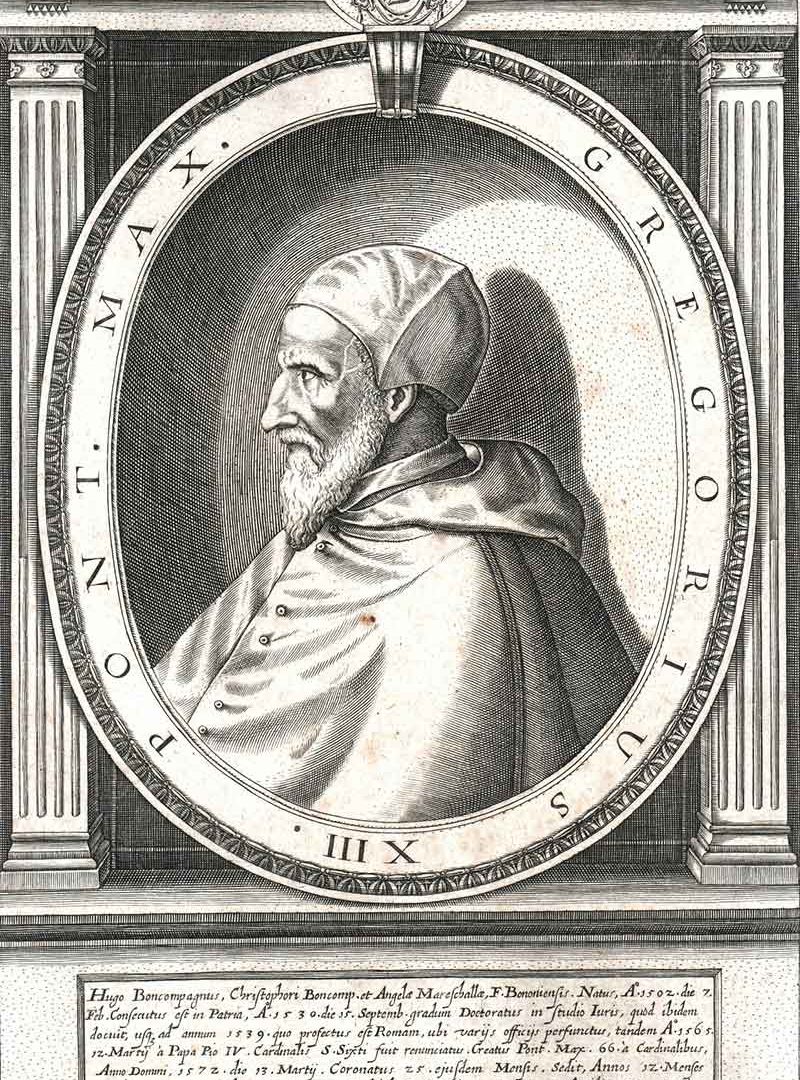Some countries adopted it very late, such as Sweden in 1741 or Tsarist Russia which chose it only after the Revolution. It is for this reason that the bizarre fact that the so-called “October Revolution” actually happened, for the rest of the world, in November.

via del Monte 8, Bologna (Italy)
t +39 051 236760
info@palazzoboncompagni.it
Palazzo Boncompagni is social



